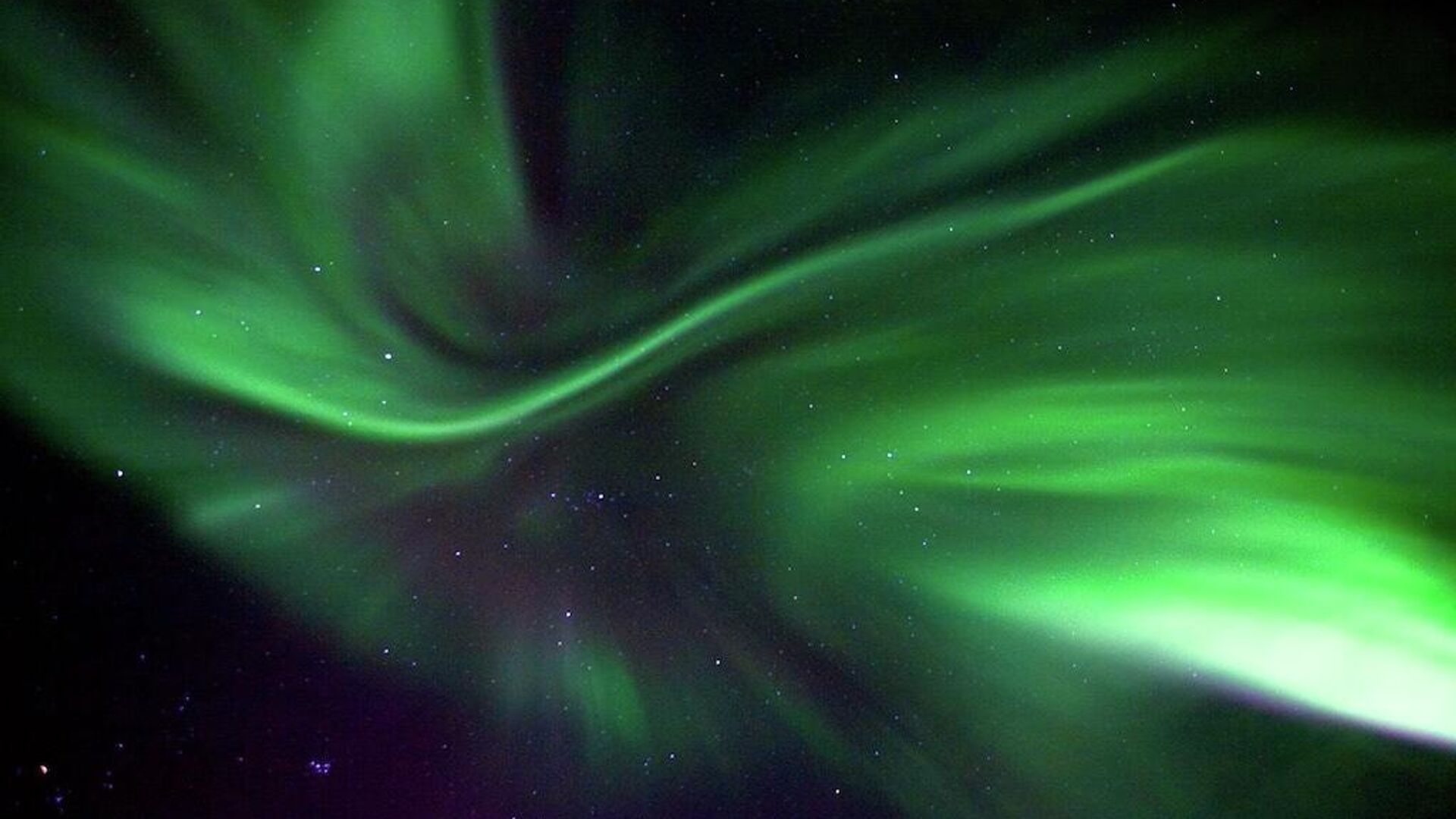https://sputnikglobe.com/20230217/astronomers-discover-jaw-dropping-auroras-on-jupiters-four-major-moons-1107524792.html
Astronomers Discover Jaw-Dropping Auroras on Jupiter's Four Major Moons
Astronomers Discover Jaw-Dropping Auroras on Jupiter's Four Major Moons
Sputnik International
Research teams from Boston University, using Keck Observatory's High-Resolution Echelle Spectrometer (HIRES), were able to find evidence of auroras on the moons of Jupiter such as Io, Ganymede, Callisto and Europa.
2023-02-17T02:53+0000
2023-02-17T02:53+0000
2023-02-17T02:54+0000
science & tech
aurora borealis
research
jupiter
jupiter’s ganymede
https://cdn1.img.sputnikglobe.com/img/07e6/05/15/1095691139_0:54:1025:630_1920x0_80_0_0_2584020276ff6edba0447189c76e967b.jpg
Research teams from Boston University, using Keck Observatory's High-Resolution Echelle Spectrometer (HIRES) as well as high-resolution spectrographs at the Large Binocular Telescope and Apache Point Observatory, have found evidence of auroras on the moons of Jupiter - Io, Ganymede, Callisto and Europa.Scientists have noted the unusual nature of the formation of some of these Auroras. On three of moons, with the exception of Ganymede, such phenomena are possible due to volcanic emissions from the surface of Io. Once in space, the matter in these ejections reacts with sunlight. The already irradiated emissions then enter the atmospheres of the other satellites, allowing auroras to occur.However, scientists also point out that because of Jupiter's strong gravitational field and changing surface temperatures on these moons, auroras can change their brightness.However, scientists add that the composition of the gases in Jupiter's atmosphere is also important. It is this factor that allows the red color in the polar lights of Jupiter's moons to be 15 times brighter than the green.The orange color of the auroras on Io is due to sodium compounds, while the crimson light, first described in a new paper, comes from potassium.Both articles, "Io's Optical Aurorae in Jupiter's Shadow" and "The Optical Aurorae of Europa, Ganymede, and Callisto" were published in The Planetary Science Journal on this week.
Sputnik International
feedback@sputniknews.com
+74956456601
MIA „Rosiya Segodnya“
2023
News
en_EN
Sputnik International
feedback@sputniknews.com
+74956456601
MIA „Rosiya Segodnya“
Sputnik International
feedback@sputniknews.com
+74956456601
MIA „Rosiya Segodnya“
aurora borealis, aurore, io, ganymede, callisto, europa, jupiter moon atmosphere
aurora borealis, aurore, io, ganymede, callisto, europa, jupiter moon atmosphere
Astronomers Discover Jaw-Dropping Auroras on Jupiter's Four Major Moons
02:53 GMT 17.02.2023 (Updated: 02:54 GMT 17.02.2023) The Aurora Borealis is one of the most beautiful natural phenomena that occurs due to the movement of charged solar wind particles in the magnetic field. This phenomenon is not only common to Earth, but also to Venus, Mars, Uranus and Neptune. And a new study now proves that another planet is experiencing the jaw-dropping natural light display.
Research teams from Boston University, using Keck Observatory's High-Resolution Echelle Spectrometer (HIRES) as well as high-resolution spectrographs at the Large Binocular Telescope and Apache Point Observatory, have found evidence of auroras on the moons of Jupiter - Io, Ganymede, Callisto and Europa.
"These observations are tricky because in Jupiter’s shadow the moons are nearly invisible. The light emitted by their faint aurorae is the only confirmation that we’ve even pointed the telescope at the right place," says Katherine de Kleer, Caltech professor and lead author of one of two new research papers.
Scientists have noted the unusual nature of the formation of some of these Auroras. On three of moons, with the exception of Ganymede, such phenomena are possible due to volcanic emissions from the surface of Io. Once in space, the matter in these ejections reacts with sunlight. The already irradiated emissions then enter the atmospheres of the other satellites, allowing auroras to occur.
However, scientists also point out that because of Jupiter's strong gravitational field and changing surface temperatures on these moons, auroras can change their brightness.
"Io’s sodium becomes very faint within 15 minutes of entering Jupiter’s shadow, but it takes several hours to recover after it emerges into sunlight," explains Carl Schmidt, astronomy professor at Boston University and lead author of the second paper. "These new characteristics are really insightful for understanding Io’s atmospheric chemistry. It’s neat that eclipses by Jupiter offer a natural experiment to learn how sunlight affects its atmosphere."
However, scientists add that the composition of the gases in Jupiter's atmosphere is also important. It is this factor that allows the red color in the polar lights of Jupiter's moons to be 15 times brighter than the green.
The orange color of the auroras on Io is due to sodium compounds, while the crimson light, first described in a new paper, comes from potassium.



